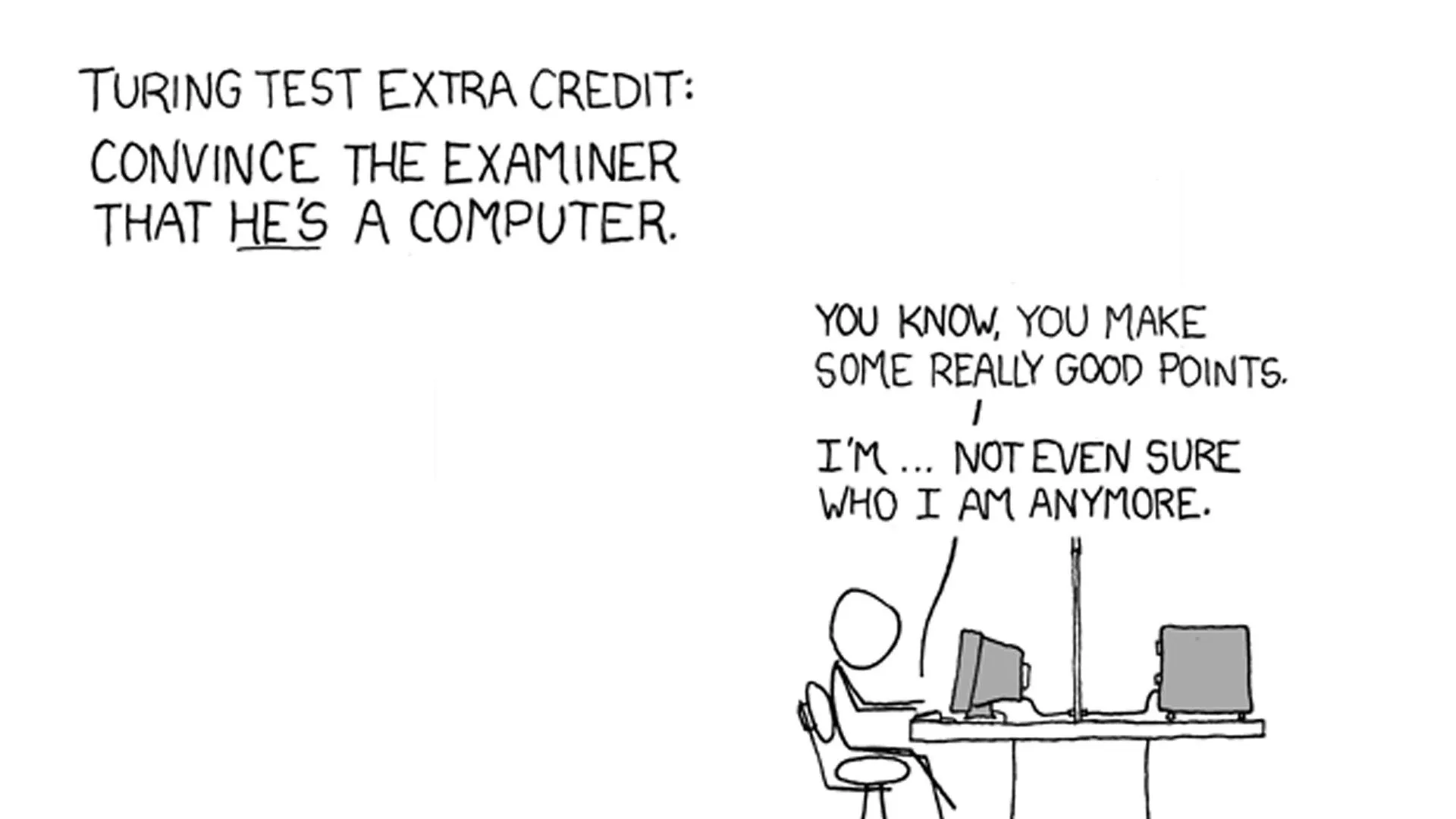The Turing Test is a technique developed by British mathematician and computer scientist Alan Turing in 1950. It is a type of test used to verify the ability of a particular program or machine to think like a human. The test is based on the theory that an artificial intelligence (AI) can be considered intelligent if it can carry out a conversation with a human as convincingly as another human.
The test involves two participants, one of whom is a computer and the other a human. The test administrator asks both participants questions and then evaluates their conversation. If the conversation is of a quality that it could pass for a conversation taking place between two human participants, then the computer is said to have passed the Turing Test.
The Turing Test is not intended to be an absolute measure of a machine’s intelligence. Rather, it is meant to provide a general measure of a machine’s ability to think like a human. There are a variety of criticisms of the Turing Test, including the suggestion that it is not a fair measure for computers and AI as it relies heavily on human behavior.
The Turing Test has been used as a benchmark for artificial intelligence since its inception, and has been discussed and debated by computer scientists and philosophers alike. Whereas the Turing Test has been useful in evaluating the progress of AI, new tests are also being proposed which take into account the development of machine learning and natural language processing.






